Top 10 Scariest Creatures in the Philippines! 🎃👻
Happy Halloween Steemians!! 🤡👺
Have you tried being alone at night on Halloween while watching the scariest horror movie? Is it as scary as walking alone in a deserted place surrounded with thick tree canopies? Of course, as much as possible we will try to avoid doing those things especially on Hallow's Eve.
Almost all cultures have their own horror stories to tell. Here in the Philippines, aside from ghost stories, we also have our scary creatures that are famous and present in Filipino literature from our ancestors.
Here are the TOP TEN SCARIEST CREATURES IN THE PHILIPPINES: 😖😱
1. Aswang

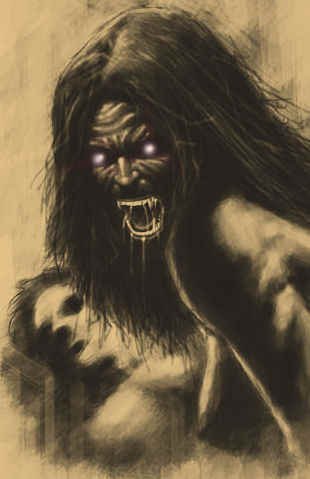
It is the subject of a wide variety of myths and stories. Spanish colonists noted that the Aswang was the most feared among the mythical creatures of the Philippines, even in the 16th century.
The myth of the aswang is well known throughout the Philippines. It is especially popular in the Visayas, southern parts of Luzon, and parts of Mindanao. Other regional names for the aswang include "tik-tik", "bayot", "wak-wak", "sok-sok" and "kling-kling".
2. Kapre
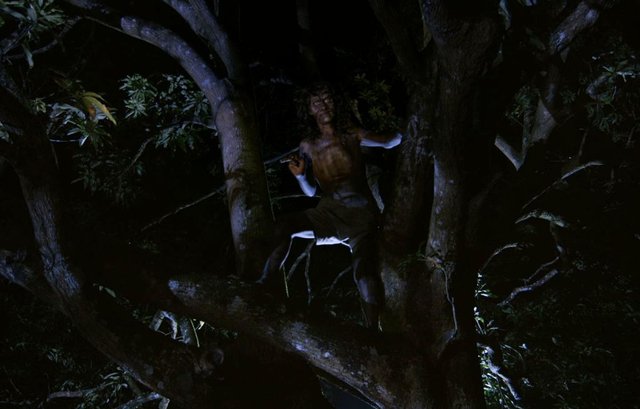
Kapre is a Philippine mythical creature that could be characterized as a tree giant. It is described as being a tall (7 to 9 ft), big, black, hairy,muscular creature. Kapres are normally described as having a strong smell that would attract human attention. he Kapre itself holds a large Cigar, an item which originated from the ancient Mayans of Latin-America.
3. Nuno sa punso
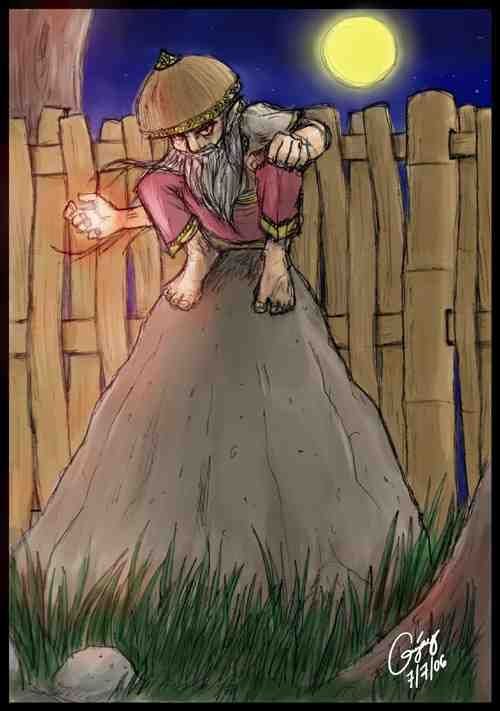
A nuno or nuno sa punso ("old man of the mound") is a dwarf-like creature in Philippine mythology. It is believed to live in an anthill or termite mound, hence its name, literally 'Ancestor/Grandparent living in the anthill'.
"The "nono" are the spirits of old persons. When a tree is to be felled, or a piece of virgin ground broken, and on many other occasions, permission is asked of the nono. Should this precaution be neglected misfortune will surely ensue." The nuno is described to be a small old man with a long beard, and differs from a duwende or dwarf of Philippine folklore. The duwende is a playful hobgoblin who shows himself to children, while the nuno is a goblin easily angered and will do harm to those who damage or disturb his mound. If an invader destroys the nuno's home by kicking it, the offender's foot will become swollen. Nuno sa punso are also believed to inhabit places such as underneath large rocks, trees, riverbanks, caves, or a backyard.
4. Duwende
A duende (duwende in Filipino) is a fairy- or goblin-like mythological creature from Iberian, South American, Chamorro and Filipino folklore.

The word is often considered to be the Spanish and Portuguese equivalent of the English word "sprite" or the Japanese word yōkai and is used as an umbrella term for any fairy-like being such as goblins, pixies and elves. The Spanish term originated as a contraction of the phrase dueño de casa or duen de casa, "possessor of a house", and was originally conceptualized as a mischievous spirit inhabiting a house.
5. Diwata
In Philippine mythology, a diwata (derived from Sanskrit devata देवता; encantada in Spanish) is a type of deity or spirit. The term "diwata" has taken on levels of meaning since its assimilation into the mythology of the pre-colonial Filipinos.

When the Spanish conquered the Philippines the commonly used meaning of the term reduced from goddess to dryad-like spirit which was considered benevolent or neutral. These spirits were invoked ritually for positive crop growth, health, and fortune; however, they were also considered to be able to incur illness or misfortune if not given proper respect.
6. Manananggal
The Manananggal (sometimes confused with the Wak Wak and Aswang) is a vampire-like mythical creature of the Philippines, a malevolent, man-eating and blood-sucking monster or witch.

The manananggal is described as scary, often hideous, usually depicted as female, and always capable of severing its upper torso and sprouting huge bat-like wings to fly into the night in search of its victims. The word manananggal comes from the Tagalog word tanggal, which means "to remove" or "to separate", which literally translates as "remover" or "separator". In this case, "one who separates itself". The name also originates from an expression used for a severed torso.

7. Tikbalang
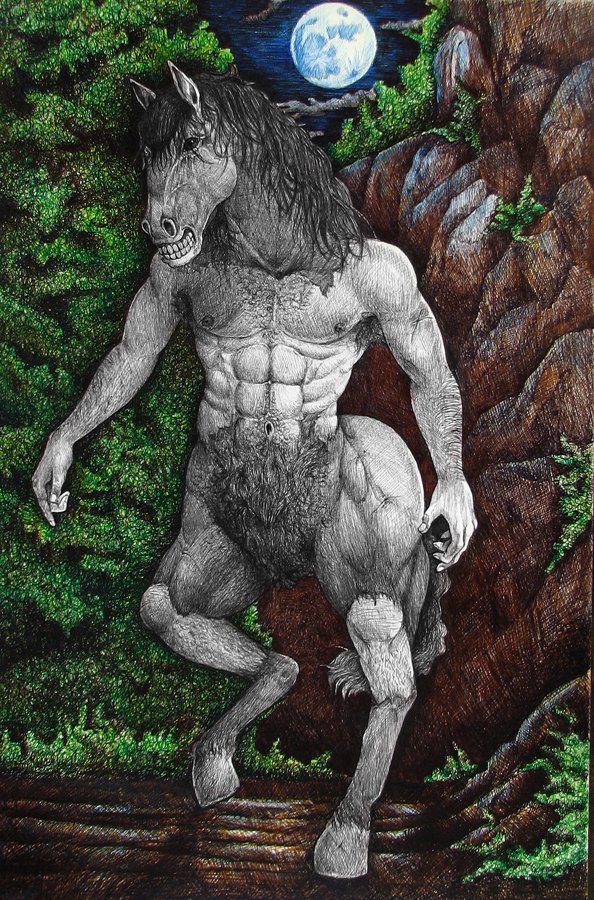
The Tikbalang (/ˈtikbaˌlaŋ/) (also Tigbalang, Tigbalan, Tikbalan, Tigbolan, or Werehorse) is a creature of Philippine folklore said to lurk in the mountains and forests of the Philippines. It is a tall, bony humanoid creature with the head and hooves of a horse and disproportionately long limbs, to the point that its knees reach above its head when it squats down.
8. Sigbin
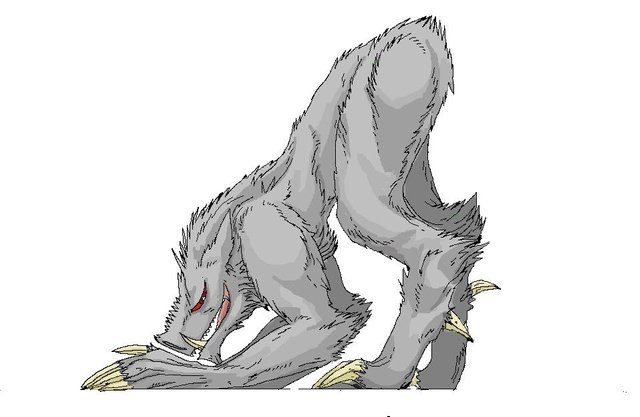
The Sigbin or Sigben is a creature in Philippine mythology said to come out at night to suck the blood of victims from their shadows. It is said to walk backwards with its head lowered between its hind legs, and to have the ability to become invisible to other creatures, especially humans. It resembles a hornless goat, but has very large ears which it can clap like a pair of hands and a long, flexible tail that can be used as a whip. The Sigbin is said to emit a nauseating odor.
9. Tiyanak
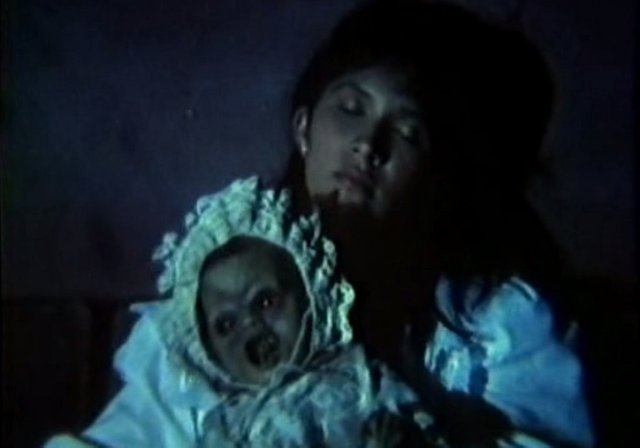
The Tiyanak (also Tianak or Tianac) is a vampiric creature in Philippine mythology that imitates the form of a child. It usually takes the form of a newborn baby and cries like one in the jungle to attract unwary travelers. Once it is picked up by the victim, it reverts to its true form and attacks the victim. The tiyanak is also depicted to take malevolent delight in leading travelers astray, or in abducting children.
10. Santelmo
The Santelmo (St. Elmo's Fire) is a creature of Philippine mythology. The term santelmo is the shortened form of the Tagalog words "Apoy ni San Elmo "-"St. Elmo's fire".

Tagalogs, Visayans, and other Filipinos call it Santelmo. It is a ball of fire in fields and swamps. It bounces along and rolls away. It changes into a beast with fire in its mouth. Travelers and fishermen follow it at night. They walk and walk till they are tired out. Then they cannot find their way home. They walk into deep mud and thorny bushes. They get dizzy and become insane. They must reverse their clothes to send it away. Then they can find their way home.
— Maximo Ramos
That's it guys! These are just a pinch of over a hundred mythical Filipino creatures shared on stories and writings. Have a Scary Halloween!! 😬😆
Credits:
Wikipedia
Philippine Myths and Folklores
Images
You can also check out my latest post here...
102817 SayingsSaturday: What if this was your last day on earth..😱😇
102717 FactFriday: There may be something there that wasn't there before 😆
You have been selected. Measure your next few steps carefully.
https://ii.yuki.la/9/08/09e04b188081f550d094d46456949af1db8aab1e913b36b8f130e1a08395e089.webm
It's all were amazing
Yes @believeme! There are more creatures listed here https://www.aswangproject.com/creatures-mythical-beings-philippine-folklore-mythology/. 😆